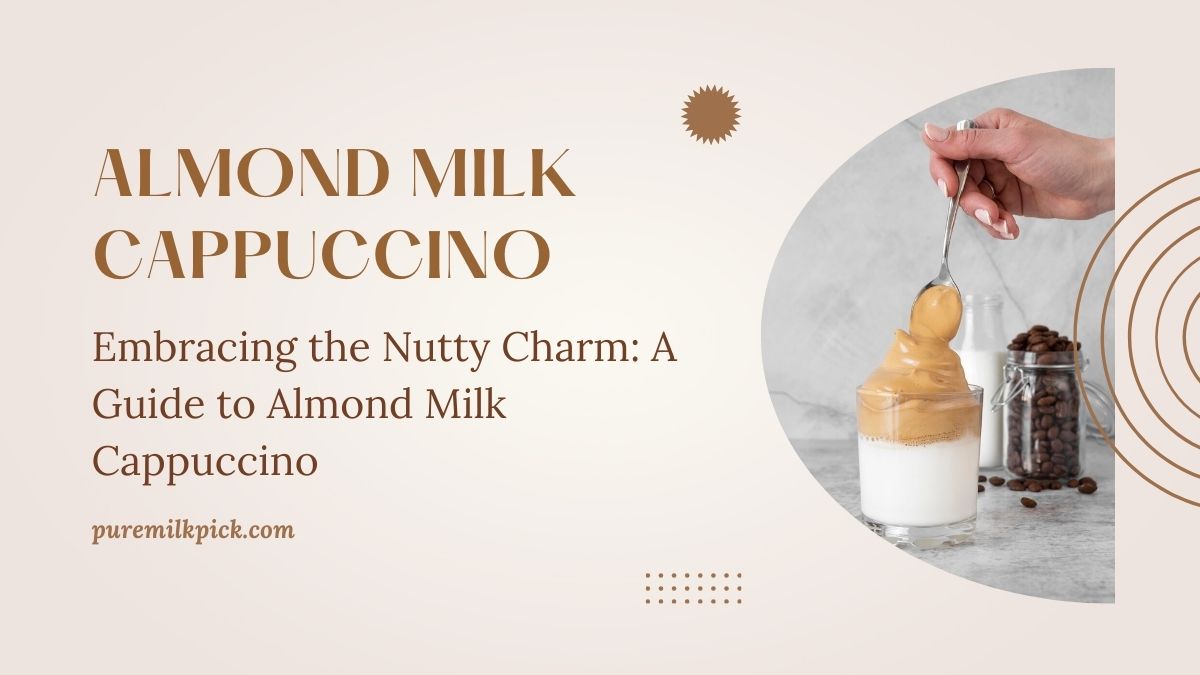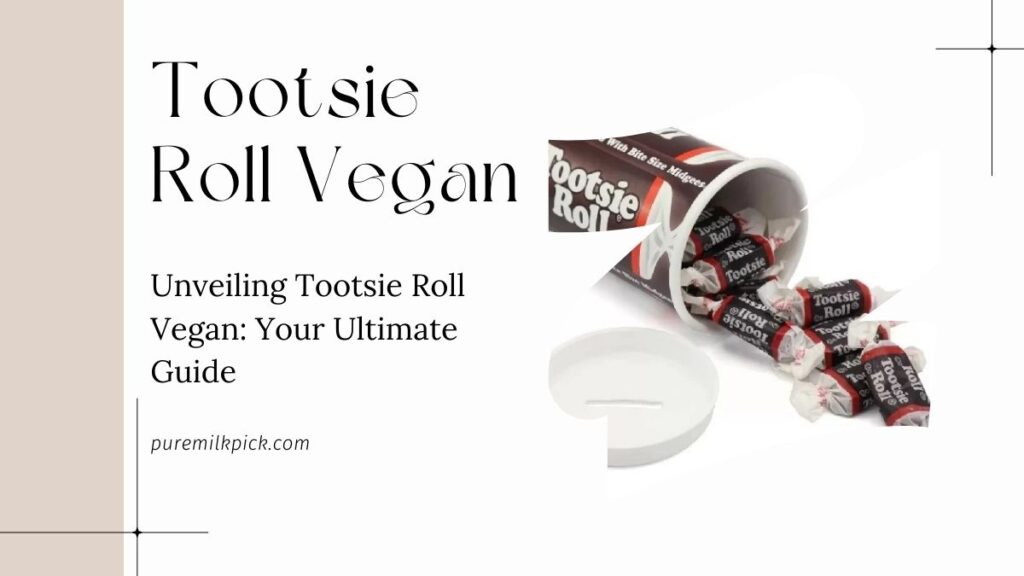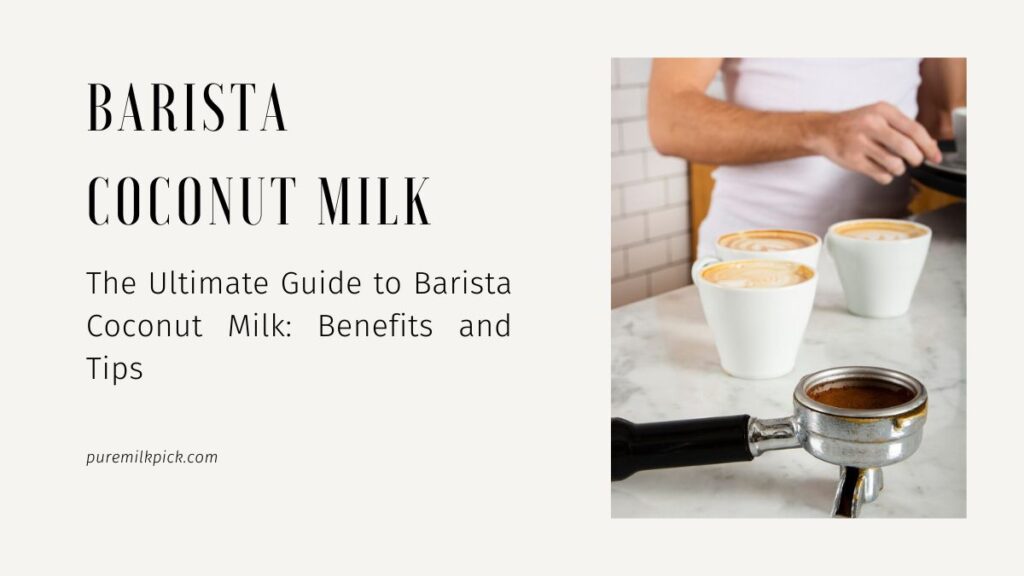Welcome to the flavorful journey of almond milk cappuccino, where tradition meets innovation, and indulgence meets health consciousness. In recent years, the world of coffee has witnessed a significant shift towards alternative milk options, driven by a desire for sustainability and dietary preferences. Among these alternatives, almond milk has emerged as a popular choice, offering a creamy texture and a subtle nutty flavor that complements the robustness of coffee perfectly. Join us as we delve into the nuances of almond milk cappuccino, from its origins to its preparation, health benefits, and beyond.
Understanding Almond Milk
Nutritional Benefits of Almond Milk
Almond milk is renowned for its nutritional prowess, offering a wealth of vitamins and minerals while being low in calories and saturated fats. Unlike cow’s milk, almond milk is naturally lactose-free, making it an ideal option for individuals with lactose intolerance. Additionally, almond milk is rich in vitamin E, an antioxidant known for its skin-nourishing properties, and contains heart-healthy unsaturated fats. Its calcium content may not match that of dairy milk, but many almond milk brands are fortified with calcium to bridge this gap.
Sustainability Factors
One of the key attractions of almond milk is its relatively low environmental impact compared to traditional dairy farming. Almond trees require less water to grow compared to dairy cows, making almond milk a more sustainable choice, especially in water-stressed regions. However, concerns have been raised about the intensive farming practices associated with almond cultivation, such as the use of pesticides and the impact on bee populations. As consumers, it’s essential to seek out sustainably sourced almond milk brands that prioritize environmental stewardship.
Read More: Elevate Your Breakfast Game with Almond Milk Waffles
Flavor Profile and Texture
Almond milk adds a delightful twist to the classic cappuccino, imparting a subtle nuttiness that enhances the coffee’s flavor profile. Its creamy texture creates a luxurious mouthfeel, reminiscent of traditional dairy milk. However, it’s worth noting that almond milk can vary in taste and consistency depending on the brand and processing methods. Some almond milk may have a slightly sweetened or vanilla-infused flavor, while others may be unsweetened for a more neutral taste. Experimenting with different brands can help you find the perfect almond milk for your cappuccino.
The Art of Making Almond Milk Cappuccino
Ingredients Needed
To prepare a delicious almond milk cappuccino, you’ll need freshly brewed espresso, high-quality almond milk, a milk frother or steam wand, and optional flavorings such as vanilla syrup or cinnamon powder. Start by brewing a double shot of espresso using your preferred method, ensuring a robust base for your cappuccino.
Step-by-Step Preparation Process
- Heat the almond milk in a small saucepan over medium heat, stirring occasionally to prevent scalding.
- Once the almond milk reaches a steaming temperature (around 150°F), remove it from the heat and froth it using a milk frother or steam wand until it develops a velvety foam.
- Pour the frothed almond milk over the freshly brewed espresso, holding back the foam with a spoon to achieve the classic layered look of a cappuccino.
- Spoon the remaining foam on top of the cappuccino, creating an inviting frothy layer.
- Optional: Garnish your almond milk cappuccino with a sprinkle of cocoa powder or a drizzle of caramel syrup for an extra touch of indulgence.
Tips for Achieving the Perfect Foam and Consistency
- Use cold almond milk for optimal frothing results, as colder milk creates finer bubbles and produces a creamier foam.
- Experiment with different frothing techniques, such as swirling the milk pitcher in a circular motion or moving the steam wand up and down, to achieve the desired texture.
- Be mindful not to overheat the almond milk, as overheating can result in a thin and less frothy foam. Aim for a temperature between 140°F and 160°F for the perfect balance of warmth and frothiness.

Health Benefits and Considerations
Lower Calorie and Fat Content
Compared to traditional cappuccino made with whole milk, almond milk cappuccino offers a lighter alternative with fewer calories and less saturated fat. This makes it an excellent choice for those watching their calorie intake or looking to reduce their saturated fat consumption without compromising on flavor.
Suitable for Lactose-Intolerant Individuals
For individuals with lactose intolerance or dairy allergies, almond milk cappuccino provides a delicious solution that’s gentle on the stomach. Almond milk contains no lactose or dairy proteins, making it a suitable alternative for those with dietary restrictions or sensitivities.
Potential Allergen Considerations
While almond milk is a versatile and nutritious option for many, it’s important to note that it may not be suitable for individuals with nut allergies. Cross-contamination can occur during the manufacturing process, so individuals with severe nut allergies should exercise caution and opt for alternative milk options, such as oat milk or soy milk.
Exploring Flavor Variations
Adding Syrups and Spices
One of the joys of making almond milk cappuccino at home is the opportunity to customize it to suit your taste preferences. Experiment with different flavored syrups, such as caramel, hazelnut, or peppermint, to add a hint of sweetness and complexity to your cappuccino. You can also sprinkle a dash of cinnamon, nutmeg, or cocoa powder on top for a flavorful finishing touch.
Pairing with Desserts and Snacks
Almond milk cappuccino pairs beautifully with a variety of desserts and snacks, making it a versatile beverage for any occasion. Pair it with a freshly baked croissant or biscotti for a classic coffeehouse experience, or indulge in a slice of almond cake or chocolate tart for a decadent treat that complements the nutty undertones of the cappuccino.
Experimenting with Coffee Beans and Roasts
The flavor profile of your almond milk cappuccino can be further enhanced by experimenting with different coffee beans and roasts. Opt for a medium to dark roast for a rich and bold flavor that stands up well to the creamy texture of almond milk, or try a light roast for a brighter and more nuanced taste profile. Single-origin beans and specialty blends offer endless possibilities for exploration and discovery.

Almond Milk Cappuccino Around the World
Regional Variations and Preferences
While cappuccino is a beloved beverage worldwide, the choice of milk varies depending on regional preferences and cultural traditions. In some parts of the world, such as Italy and Spain, traditional cappuccino is made with cow’s milk, while almond milk cappuccino has gained popularity in regions with a growing demand for plant-based alternatives.
Cultural Significance and Adaptations
In cultures where dairy consumption is limited or non-existent, almond milk cappuccino plays a significant role in coffee culture, offering a dairy-free option that’s inclusive and accessible to all. In recent years, cafes and coffee shops around the world have embraced almond milk as a staple ingredient, reflecting the global shift towards plant-based eating and sustainability.
Popular Coffee Shops Known for Their Almond Milk Offerings
Several coffee chains and independent cafes have earned acclaim for their delicious almond milk cappuccinos and other plant-based beverages. From specialty coffee shops known for their artisanal roasts to mainstream chains with extensive alternative milk options, there’s no shortage of places to enjoy a perfectly crafted almond milk cappuccino.
Sustainability and Ethical Considerations
Almond Farming Practices
The cultivation of almonds has come under scrutiny in recent years due to concerns about water usage, pesticide use, and habitat destruction. Almond trees require a significant amount of water to grow, leading to environmental challenges in water-scarce regions such as California’s Central Valley, where the majority of almonds in the United States are grown. Additionally, the use of pesticides and other chemicals in almond farming has raised questions about its impact on soil health and biodiversity.

Fair Trade and Ethical Sourcing
As consumers become more conscious of the social and environmental impact of their purchasing decisions, there’s a growing demand for fair trade and ethically sourced almond milk. Fairtrade certification ensures that farmers receive fair wages and work under safe and humane conditions, while ethical sourcing practices prioritize sustainability and transparency throughout the supply chain. By choosing products that are certified fair trade or ethically sourced, consumers can support responsible farming practices and promote positive change in the almond industry.
Alternatives to Almond Milk
While almond milk offers many benefits, it’s not the only alternative milk option available. Oat milk, soy milk, coconut milk, and hemp milk are just a few of the alternatives that cater to different dietary preferences and taste preferences. Each alternative milk has its unique flavor profile and nutritional profile, so don’t be afraid to explore and discover new favorites beyond almond milk.
Conclusion
In conclusion, almond milk cappuccino offers a delicious and nutritious alternative to traditional dairy-based cappuccino, with its creamy texture and subtle nutty flavor adding a delightful twist to the classic favorite. Whether you’re lactose intolerant, vegan, or simply looking to explore new flavors, almond milk cappuccino invites you to savor the goodness of coffee in a way that’s both indulgent and mindful of your health and the environment.
Frequently Asked Questions
While almond milk is a popular alternative to dairy milk, it’s important to note that it may not be suitable for individuals with nut allergies. Cross-contamination can occur during the manufacturing process, so those with severe nut allergies should exercise caution and opt for alternative milk options such as oat milk or soy milk.
Almond milk adds a subtle nutty flavor to cappuccino, complementing the rich taste of coffee without overpowering it. The flavor profile of almond milk cappuccino may vary depending on the brand and processing methods, but overall, it offers a delicious alternative to traditional cappuccino made with dairy milk.
Yes, almond milk cappuccino can be made at home without an espresso machine using alternative brewing methods such as a French press, AeroPress, or Moka pot. Simply brew a strong batch of coffee using your preferred method, heat, and froth the almond milk separately, and combine the two to create your homemade almond milk cappuccino.



